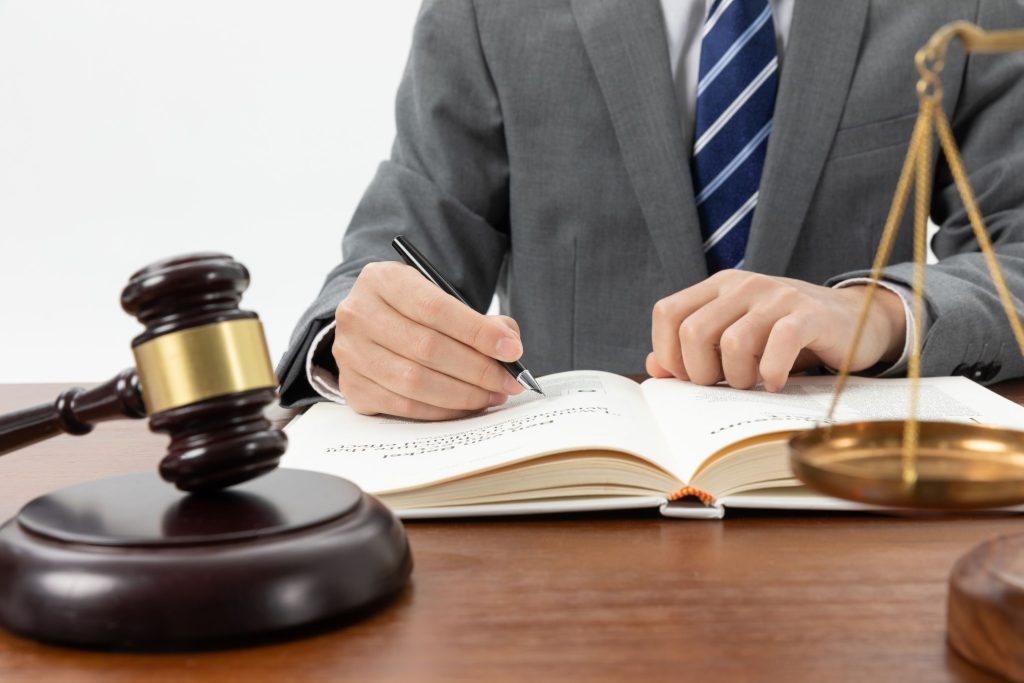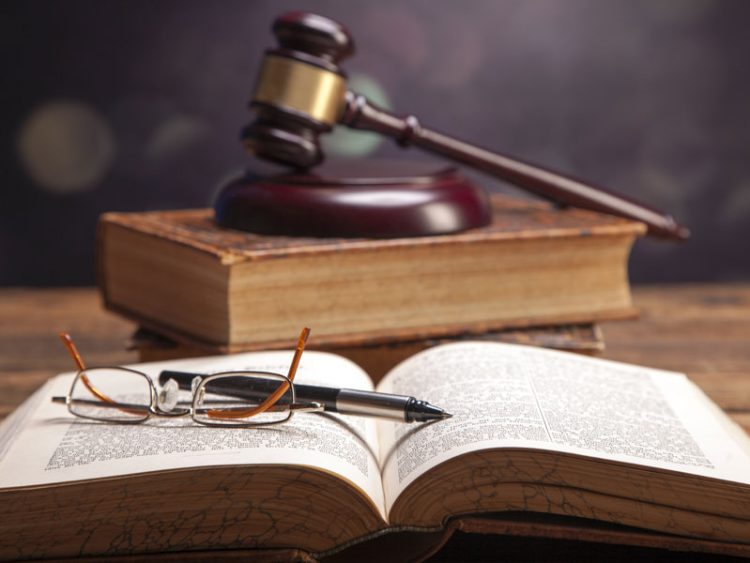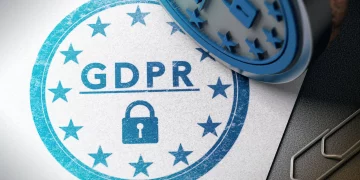Blockchain technology has evolved significantly over the past decade, transforming industries ranging from finance and healthcare to supply chain and governance. Its decentralized nature, transparency, and security features have made it a powerful tool for innovation. However, the same characteristics that make blockchain so transformative also pose significant risks, particularly in areas like data privacy, financial stability, cybersecurity, and regulatory compliance.
As blockchain technologies continue to develop and disrupt traditional business models, the question arises: How can lawmakers and regulators create legal frameworks that encourage innovation while managing the associated risks? This article will explore the challenges facing governments as they work to regulate blockchain technology, the need for adaptive and forward-thinking legislation, and the delicate balance between fostering innovation and mitigating risk.
The Urgent Need for Regulatory Clarity
The rapid pace of blockchain innovation has often outpaced the development of regulatory frameworks designed to manage the risks associated with emerging technologies. This regulatory lag creates uncertainty for both businesses and consumers, as existing laws—many of which were crafted long before blockchain emerged—are often inadequate to address the unique aspects of blockchain technology.
For example, traditional financial regulations may not be well-suited to govern decentralized finance (DeFi), which operates without intermediaries. Similarly, data privacy laws such as the General Data Protection Regulation (GDPR) may not align with blockchain’s immutable ledger, which is designed to prevent the alteration or deletion of data. This creates a challenge for lawmakers who must find ways to accommodate blockchain’s decentralized nature while still addressing risks such as fraud, market manipulation, money laundering, and consumer protection.
At the same time, it is critical that too much regulation does not stifle innovation. Blockchain projects are often driven by a desire to disrupt traditional systems and create more open, transparent, and efficient solutions. Over-regulating could lead to the loss of these potential benefits, resulting in market consolidation, increased barriers to entry, and even the migration of innovation to more regulation-friendly regions.
Balancing Innovation with Risk: Key Considerations for New Legal Frameworks
To create a legal environment that balances innovation with risk, legislators will need to carefully consider several important factors when designing blockchain regulations.
1. Clarity and Consistency
One of the biggest challenges in regulating blockchain technology is clarity. A lack of clear guidelines can discourage investment and innovation, as developers and businesses are unsure of what is legally permissible. Ambiguous regulations also increase the likelihood of non-compliance, which could lead to significant legal and financial penalties.
Legal frameworks should aim to be clear, consistent, and predictable. Governments must work with stakeholders—such as blockchain developers, businesses, and legal experts—to draft regulations that provide clear rules without being overly restrictive. Global consistency will also be important, as blockchain technologies operate on a global scale. Discrepancies in national laws could create confusion and lead to regulatory arbitrage, where businesses move to jurisdictions with the most favorable rules.
2. Flexibility to Accommodate Future Innovation
Blockchain is still an emerging technology with substantial room for evolution. As such, legal frameworks must be flexible and able to adapt to future developments. A rigid approach could make it difficult for blockchain projects to evolve in response to new challenges or opportunities. For example, smart contracts, decentralized applications (dApps), and tokenomics may evolve in ways that regulators cannot currently anticipate.
Regulators will need to create principle-based regulations that provide high-level guidelines and encourage best practices while allowing for innovative experimentation. A one-size-fits-all regulatory approach may not work, particularly given the diversity of blockchain use cases across industries. Sandbox environments—such as those implemented in the UK and Singapore—could be a useful approach to foster innovation while ensuring compliance with necessary legal and regulatory standards.
3. Managing Risk Without Stifling Innovation
While blockchain’s potential for innovation is vast, it also brings significant risks. These risks range from market manipulation in decentralized finance (DeFi) and security vulnerabilities in smart contracts, to fraud in token offerings and data privacy concerns related to blockchain’s immutable nature.
New legal frameworks must aim to mitigate these risks while still encouraging innovation. This could involve:
- Enhanced consumer protection: Ensuring that consumers can understand the risks involved with using blockchain-based services, such as the potential for loss of funds or exposure to volatility.
- Addressing fraud and abuse: Regulating the use of blockchain technologies in areas like Initial Coin Offerings (ICOs) and token sales, to prevent fraudulent schemes and protect investors.
- Security standards: Requiring blockchain projects to adhere to basic security standards to protect users from cyberattacks, vulnerabilities, and data breaches.
However, over-regulation or overly restrictive rules could inhibit innovation and push companies to leave the jurisdiction. Governments should aim to create a regulatory framework that helps reduce risk without overburdening businesses.

4. Consumer Protection and Transparency
Transparency is one of blockchain’s core advantages, and it should be protected by regulation. Decentralization and immutability provide a level of transparency that traditional financial systems often lack, but this also means that the information on a blockchain is irreversible and public.
A robust regulatory framework should include provisions for:
- Transparency in data usage: Ensuring that individuals know what data is being collected, how it will be used, and how they can control or request its removal.
- Clear disclosure: Requiring blockchain projects to disclose information about their tokenomics, business models, and associated risks to users and investors.
- Data privacy protection: Introducing standards for privacy-preserving technologies like zero-knowledge proofs (ZKPs) and encryption, so that blockchain can comply with data privacy regulations like the General Data Protection Regulation (GDPR).
5. Collaboration Across Stakeholders
Regulatory frameworks should not be developed in isolation. Governments should work closely with blockchain innovators, legal experts, industry representatives, and academic researchers to understand the unique challenges and opportunities presented by blockchain technology. Stakeholder engagement is critical in creating a well-rounded legal framework that reflects the needs of all parties involved.
6. Protecting National Interests While Enabling Global Collaboration
Blockchain is inherently global, with applications across national borders. However, individual countries may have different priorities and concerns when it comes to regulating blockchain. For example:
- Some countries may be concerned about money laundering and terrorist financing and may impose stringent Know-Your-Customer (KYC) and Anti-Money Laundering (AML) requirements.
- Others may prioritize innovation and want to foster a blockchain-friendly environment to attract investment and talent.
International collaboration will be essential to avoid regulatory fragmentation and promote the global adoption of blockchain technology. Global standards and regulations, such as those being developed by the International Organization for Standardization (ISO), can help ensure that blockchain technology is developed and adopted in a way that benefits all stakeholders.
Examples of Countries Leading the Way
Several countries are already making strides in creating blockchain regulations that balance innovation with risk management. These examples offer insight into what future regulatory frameworks might look like:
- Switzerland: Known for its cryptocurrency-friendly policies, Switzerland has created a legal framework that allows blockchain startups to operate while ensuring anti-money laundering (AML) and tax compliance. The Swiss Financial Market Supervisory Authority (FINMA) has issued clear guidelines for Initial Coin Offerings (ICOs) and cryptocurrency businesses.
- Singapore: The Monetary Authority of Singapore (MAS) has taken a proactive approach by providing clear regulatory guidelines for cryptocurrency and blockchain projects. The country’s regulatory sandbox allows companies to test their blockchain applications in a controlled environment, ensuring that they comply with financial laws while continuing to innovate.
- Estonia: Estonia is one of the most blockchain-friendly countries in the world. It has implemented e-residency programs that leverage blockchain for secure digital identities, as well as blockchain-based public services for government transparency and citizen participation.
- United States: While still grappling with how to regulate blockchain comprehensively, the U.S. has made significant progress in creating regulatory clarity for cryptocurrencies and smart contracts. Agencies like the SEC, CFTC, and FinCEN have offered some guidance on how blockchain technologies fit into existing regulatory frameworks.
Conclusion
As blockchain technology rapidly advances, creating legal frameworks that effectively balance innovation and risk will be crucial for ensuring the technology’s continued success and adoption. A regulatory approach that encourages innovation while addressing potential risks, such as fraud, market manipulation, and data privacy concerns, is essential for the sustainable growth of blockchain technologies.
Countries must adopt principle-based, adaptive, and collaborative regulatory models to ensure that blockchain’s transformative potential is harnessed in a way that benefits individuals, businesses, and society as a whole. A well-thought-out legal framework will not only promote technological advancement but also build trust, reduce uncertainty, and foster the long-term viability of blockchain-based systems in the global economy.


















































